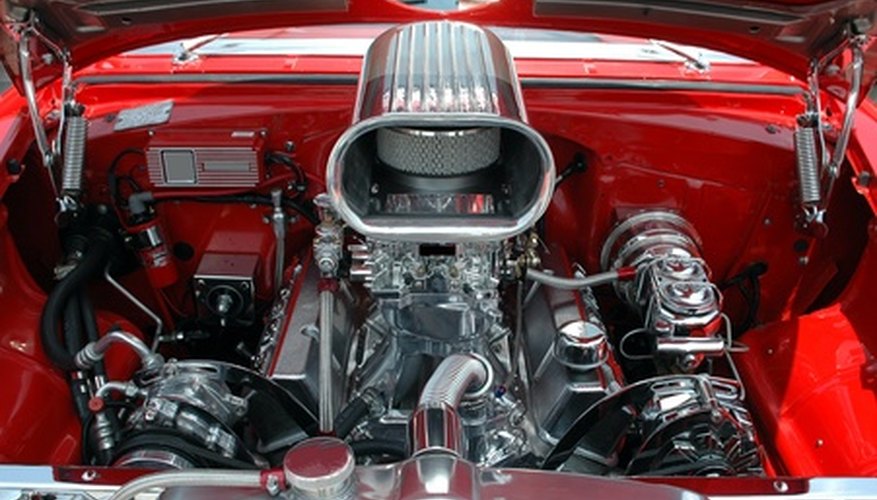Rotating machines have a maximum rpm at which the machine can be used safely. All engines have a safe limit, often referred to as the redline. The redline is usually marked on the tachometer. Over-revving refers to the motor's rpms after its peak torque. When an engine is over-revving there is typically a drop in torque (often a significant drop). In many cases, over-revving an engine can cause serious damage to the vehicle. The follow list outlines some of the serious potential dangers that can result from over-revving an automatic transmission.
Cold Engine Friction
If an engine over-revs when it is cold, it can cause friction. This occurs because oil has drained from some components of the vehicle and these parts have become dry. The friction wears down and damages the cylinder walls, piston rings and pistons.
Hot Engine Vibration Damage
When an engine is hot, over-revving it can also cause vibration damage. Automobile engines are meant to be revved when under load (in gear, driving). If revved when in neutral or parked, the engine can speed up too quickly because there is not enough weight to balance and push against. This causes violent vibrations and serious damage.
- When an engine is hot, over-revving it can also cause vibration damage.
Excess Gas
Over-revving an automatic transmission can force excess gas into the exhaust. This can ignite the catalytic converter. When there is gas ignition in the vehicle's exhaust it melts the ceramic emissions filter, making the car drive like there are potatoes in the tailpipe.
